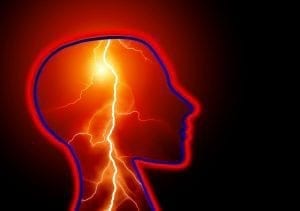Seizure Clusters
What are seizure clusters?
Seizure clusters, also referred to as acute repetitive seizures, are numerous seizures of any type that happen over hours or days. In most medical literature, the definition is more than two to three seizures within a 24 hour period.
What are the symptoms of seizure clusters?
Seizure clusters appear as the following signs:
- Seizures that occur closely together
- Groups of seizures that last longer than normal
- Less recovery in between seizures than normal
- Rescue medications do not work
In the majority of cases, affected individuals are able to recover in between seizures, and the cluster will go away on its own after some time. Do not dismiss these signs, though, as there is a chance that these seizures could evolve into status epilepticus.
What causes seizure clusters?
Seizure clusters can be related to a number of seizure disorders, such as Lennox-Gastaut syndrome. Additionally, there are many possible triggers, such as stress, missing medication, alcohol, nonmedical drugs, and sleep deprivation. In some cases, there is no known trigger.
How are seizure clusters diagnosed?
Seizure clusters may appear in a number of disorders, and doctors diagnose a cluster when it fits the following criteria: more than two to three seizures within 24 hours.
As most seizure clusters do not happen in the presence of a doctor, it’s important to note the symptoms and describe them carefully to one’s doctor.
What are the treatments for seizure clusters?
In the cases of an emergency, a rescue medication may be administered to treat seizure clusters. Otherwise, it is integral to take an anti-seizure medication regularly or as one’s doctor instructs.
Where can I find out more about seizure clusters?
Seizure Clusters Articles




